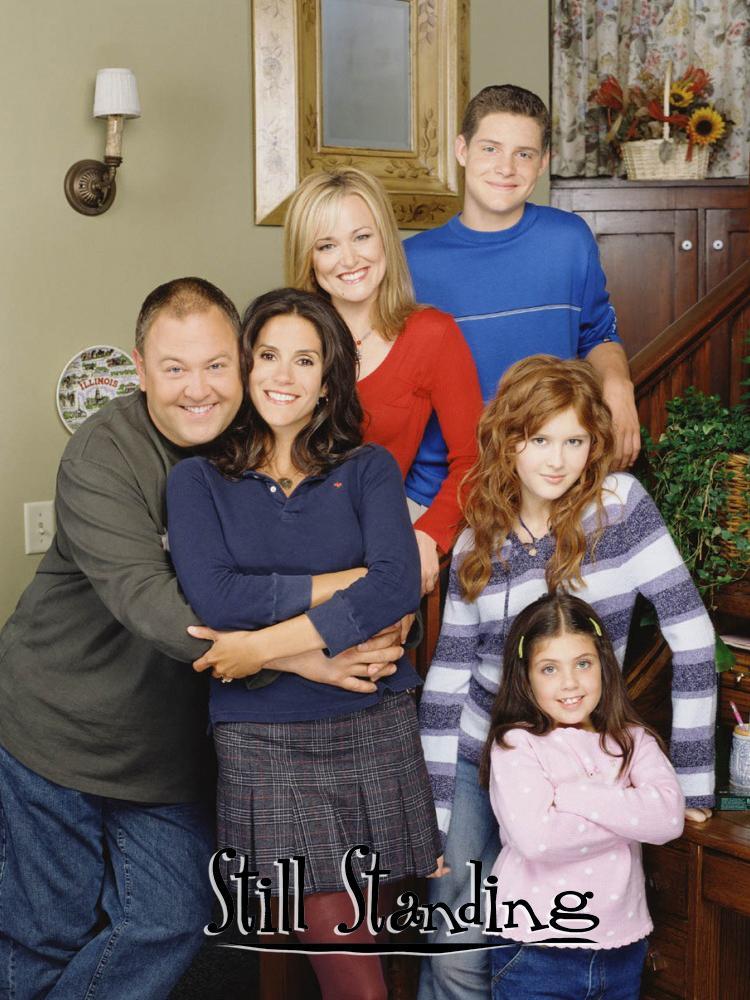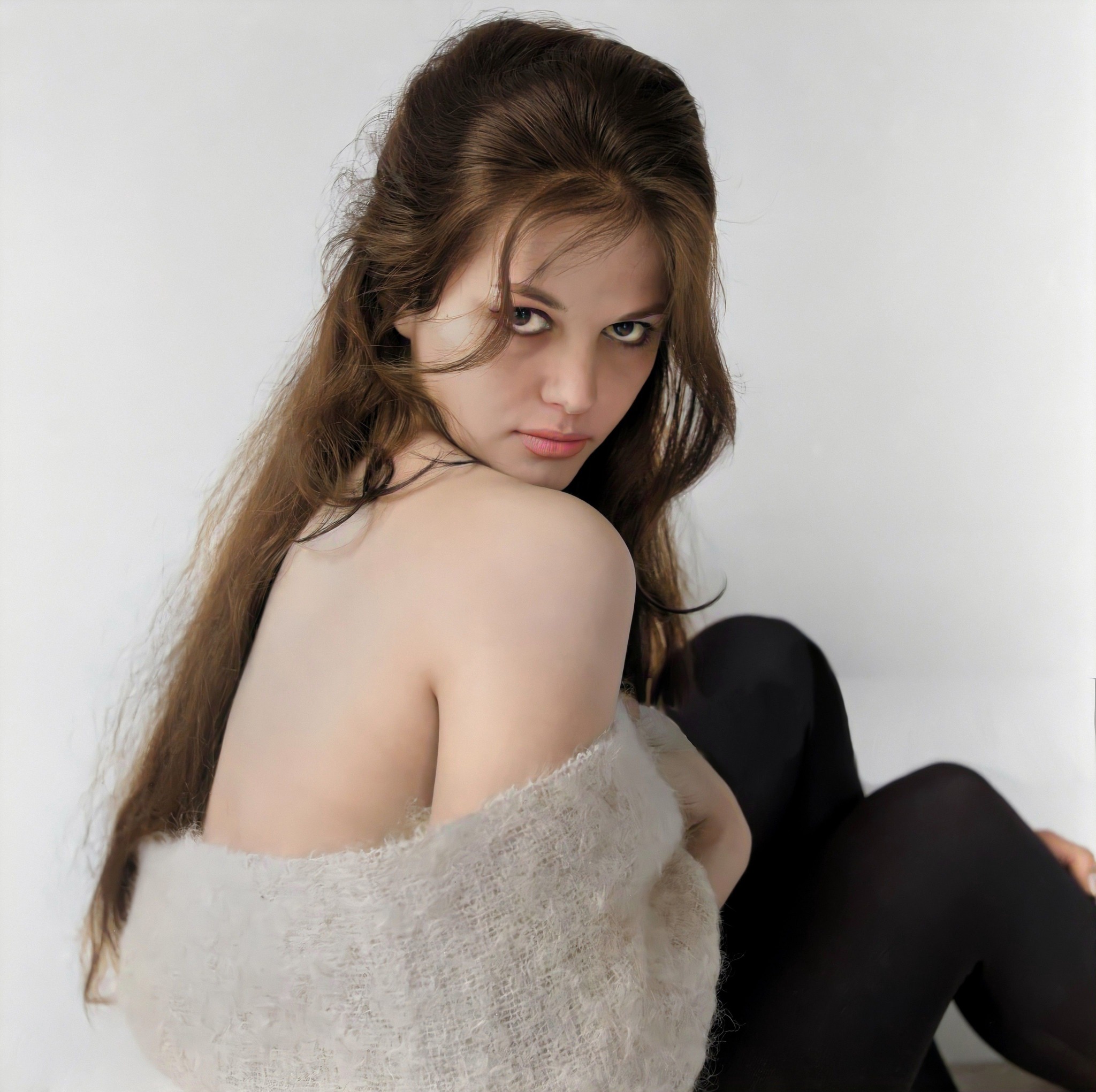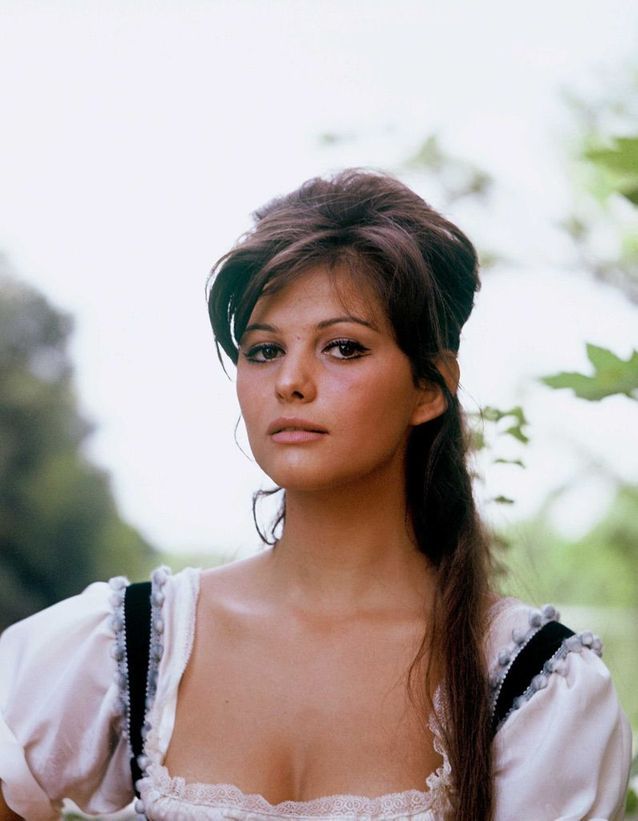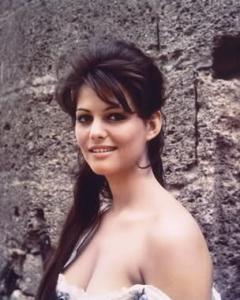Who lit up Less than Zero and The Lost Boys before storming sitcoms from Still Standing to The Neighbors—and later repped her NBA team at the draft lottery?
In the golden haze of 1980s Hollywood, few actresses captured the camera’s affection quite like Jami Gertz. With her dark curls, soulful eyes, and a blend of vulnerability and spark, she became one of the decade’s defining faces. Born in

Jami Gertz’s story began far from the glamour of Los Angeles. Raised in the Chicago suburb of Glenview, she grew up in a working-class family that valued education and humility. Her parents, Sharyn and Walter Gertz, instilled in her a strong sense of determination — something that would become evident throughout her multi-faceted career.
Her first steps into acting came during her teenage years when she was discovered by Norman Lear, the legendary television producer behind shows like All in the Family and

It wasn’t long before Gertz became a familiar face in feature films. She found herself amid the glitz and grit of 1980s Hollywood cinema, making her mark in a series of iconic roles that would define her generation. In
That same year, she lit up the screen in the cult classic The Lost Boys. As Star, the mysterious and alluring half-vampire caught between two worlds, Gertz balanced sensuality with tenderness, creating one of the decade’s most memorable characters. The film, drenched in neon and rebellion, became a cornerstone of 1980s pop culture — and so did she.

As the decade turned, Gertz proved she was more than a movie star — she was a storyteller with remarkable range. She transitioned into television and found new success in the 1990s and early 2000s with a series of well-loved sitcoms. In
Her ability to move between heartfelt sincerity and quick-witted humor made her one of television’s most versatile actresses. Unlike many of her contemporaries who faded from the spotlight, Gertz evolved with the times, finding roles that reflected both her intelligence and her relatability.

While her acting career was impressive enough, Jami Gertz’s story didn’t end in Hollywood. Behind the scenes, she became a powerhouse in the world of philanthropy and sports. In 1989, she married
In 2015, Gertz and Ressler purchased the Atlanta Hawks, making her one of the few female owners in professional sports. When she represented the team at the NBA Draft Lottery

Despite her fame and success, Jami Gertz has remained remarkably grounded. She and her husband are regularly included in lists of America’s most generous philanthropists, donating millions to causes close to their hearts. They have supported organizations like the
Gertz’s life today reflects balance — a harmony between creativity, compassion, and leadership. She still takes on acting projects occasionally but has focused much of her energy on giving back and empowering others. Her ability to transition gracefully from Hollywood stardom to business and philanthropy is a testament to her intelligence and quiet resilience.

Jami Gertz’s career is one of longevity, reinvention, and integrity. From stealing scenes in Less Than Zero and The Lost Boys to stealing hearts on Still Standing, she has built a legacy defined not by scandal or spectacle, but by substance. In an era when many stars burn bright and fade fast, Gertz has remained consistent — a reminder that true talent never goes out of style.
Whether she’s standing on a soundstage or representing her NBA team at the draft lottery, she exudes the same charm that first captivated audiences back in the 1980s. She once said in an interview, “The best part of success is being able to give something back.” That philosophy has guided every chapter of her life — from actress to advocate, from on-screen heroine to real-world leader.

More than three decades after she first dazzled audiences, Jami Gertz remains a force of nature — elegant, intelligent, and endlessly engaging. The Chicago-born girl who once stole scenes in the neon glow of 1987 has become something even more enduring: a woman who knows the true meaning of success — to shine, and to share that light with the world.
She never wanted fame. She hated the camera. And yet—Claudia Cardinale became the woman no one could look away from.

Under the golden glow of 1960s European cinema—when directors like Federico Fellini, Luchino Visconti, and Michelangelo Antonioni were rewriting the very grammar of film—there was one actress who didn’t simply appear on screen. She haunted it. Claudia Cardinale didn’t chase the spotlight; the spotlight chased her. And once it caught her, it never let go.

She was not the icy Parisian beauty audiences expected, nor the polished all-American sweetheart that Hollywood adored. Claudia was something else entirely: untamed elegance, raw sensuality, and a gaze that seemed to conceal entire novels inside a single look. She didn’t demand attention—she commanded it, with a presence that was both magnetic and mysterious, unforgettable precisely because she revealed so little.
Born in Tunis in 1938 to Italian parents, Cardinale grew up in North Africa at a time when Italian and French cultures mingled uneasily under colonial rule. Ironically, she never wanted to be an actress. In fact, she disliked being photographed and hated the sound of her own voice, which carried a Tunisian-French inflection at odds with standard Italian. But fate intervened. After winning a beauty contest in Tunisia as a teenager, her prize was a trip to the Venice Film Festival. She was just supposed to attend, smile politely, and return home. Instead, her life changed forever.

Italian directors saw in her something rare—an authenticity they couldn’t manufacture. She was stunning, yes, but also enigmatic, a woman who seemed to resist being fully understood. Producers quickly offered her roles, but Claudia hesitated. She said no at first, wary of a profession she had never desired. But cinema is persistent, and so were the filmmakers who recognized what she carried: mystery, power, and a natural resistance to artifice. Before long, she was swept into the heart of Italian cinema’s golden era.
By the early 1960s, Claudia Cardinale was working with giants. Luchino Visconti cast her in Rocco and His Brothers (1960), and a few years later, she appeared in his masterpiece The Leopard (1963), where she embodied both aristocratic grace and earthy sensuality opposite Burt Lancaster and Alain Delon. Fellini gave her a role in 8½ (1963), where she became less a character than a vision, the living embodiment of Marcello Mastroianni’s dreams and desires. And then there was Sergio Leone’s Once Upon a Time in the West (1968), where Cardinale played Jill McBain, a woman at once vulnerable and indestructible, caught in the violent birth of the American frontier. That role cemented her as an international icon: a European star who could transcend borders, genres, and languages.

Yet Claudia was never merely decoration. Unlike many actresses of the era who were used as ornaments for male-driven stories, Cardinale carried with her an undeniable strength. Her characters were rarely passive. Even in silence, she radiated resilience, complexity, and intelligence. Her beauty was undeniable, but it was her defiance, her refusal to be reduced to just a face or a body, that made her unforgettable.
Off-screen, that independence was even more striking. Hollywood wanted to mold her into another Sophia Loren or Gina Lollobrigida—Italian bombshells who played to the fantasies of a global audience. But Claudia resisted. She refused to be controlled by studio contracts, refused to undergo the image-making machine that demanded actresses sacrifice themselves to publicity. She guarded her privacy fiercely. She did not trade in scandals or seek headlines. She let the work speak for itself.

That choice gave her career an unusual longevity. While other actresses of her era were consumed by Hollywood’s relentless appetite for novelty, Claudia endured. She moved effortlessly between European art-house cinema and international blockbusters, working with directors as varied as Blake Edwards, Richard Brooks, and Werner Herzog. She acted in Italian, French, English, and Spanish, slipping between cultures without ever losing her unique identity.
What truly set her apart, though, was her understanding that cinema is as much about presence as it is about words. She once said in an interview: “I never thought of myself as beautiful. I was a storyteller—with my eyes and my silences.” That humility was not false modesty—it was truth. Claudia’s artistry was rooted in suggestion, in withholding. Unlike the Hollywood star system, which thrived on overexposure, Cardinale maintained her allure by never giving everything away.

Even as the decades passed, Claudia Cardinale remained relevant. In the 1970s and 1980s, she continued to act in a variety of roles, defying the industry’s tendency to discard women once they aged past a certain point. In later years, she devoted time to humanitarian causes, including women’s rights and the defense of cultural heritage, showing that her strength extended far beyond the screen.
And unlike many of her contemporaries, she never collapsed under the weight of fame. No breakdowns, no scandals, no public unraveling. She lived her life with the same quiet steadiness she brought to her roles. When the world expected her to burn brightly and fade quickly, Claudia instead chose endurance.

Today, when people think of Claudia Cardinale, they often think of those iconic stills: the cat-eye makeup, the enigmatic half-smile, the aura of a woman who knows more than she will ever say. But to reduce her to beauty alone is to miss the point. Claudia was never about surface. She was about depth. Beneath the gowns, beneath the makeup, beneath the carefully framed shots of the camera, lived a woman whose presence told a thousand stories without speaking a word.
In a time when cinema was dominated by spectacle, Claudia Cardinale reminded us of the power of restraint. She didn’t need to shout to be heard. She didn’t need to reveal everything to be unforgettable. Because within her silences lived a thousand worlds—and we are still listening.




